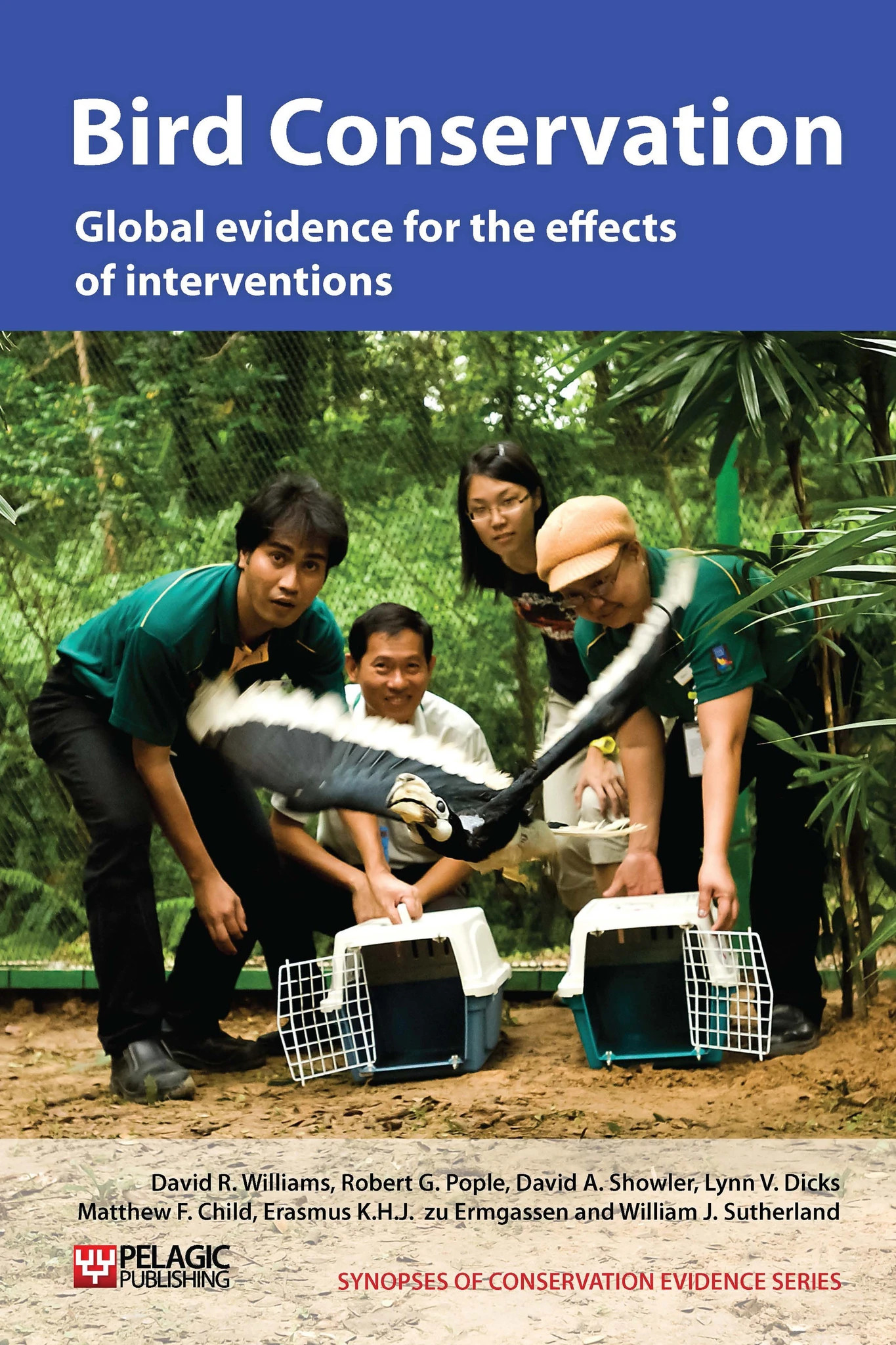Foster eggs or chicks of gannets and boobies with wild conspecifics
-
Overall effectiveness category Unknown effectiveness (limited evidence)
-
Number of studies: 1
View assessment score
Hide assessment score
How is the evidence assessed?
-
Effectiveness
9% -
Certainty
11% -
Harms
0%
Study locations
Supporting evidence from individual studies
A small controlled study at a marine reserve in Queensland, Australia, in the breeding seasons of 1997-8 and 1998-9 (Bunce 2001) found that Australasian gannet chicks Morus serrator were significantly lighter, and hatching and fledging success significantly lower in nests where a second egg or chick was added to the nest (‘experimental nests’), compared to control nests (maximum weight of approximately 2500 g for experimental nests in 1997-8, n = 4 vs. approximately 3250 g for controls, n = 8; data not provided for 1998-9; 1997-9: hatching success of35% for experimental nests vs. 70% for controls; fledging success of 63% for experimental nests vs. 90% for control). Over both years, the number of chicks fledged by experimental nests was higher than control nests, but this was not significant (1.3 chicks/nest for experimental nests, n = 8 vs. 0.9 chicks/nest for controls, n = 8). This study also investigated the impact of supplementary feeding on gannet chicks (see ‘Provide supplementary food to increase reproductive success’).
Study and other actions tested
Where has this evidence come from?
List of journals searched by synopsis
All the journals searched for all synopses
This Action forms part of the Action Synopsis:
Bird Conservation
Bird Conservation - Published 2013
Bird Synopsis





)_2023.JPG)














